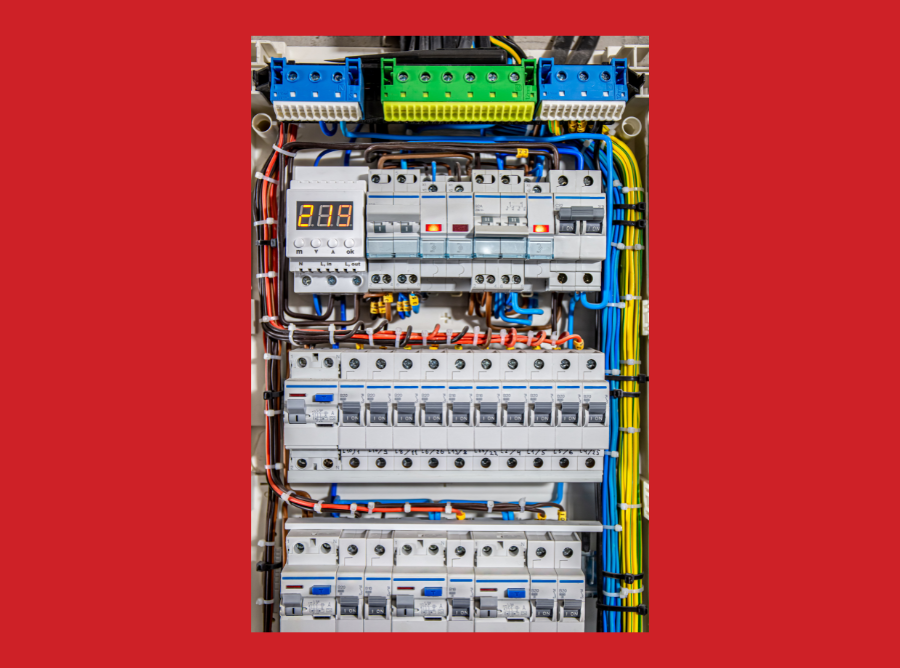
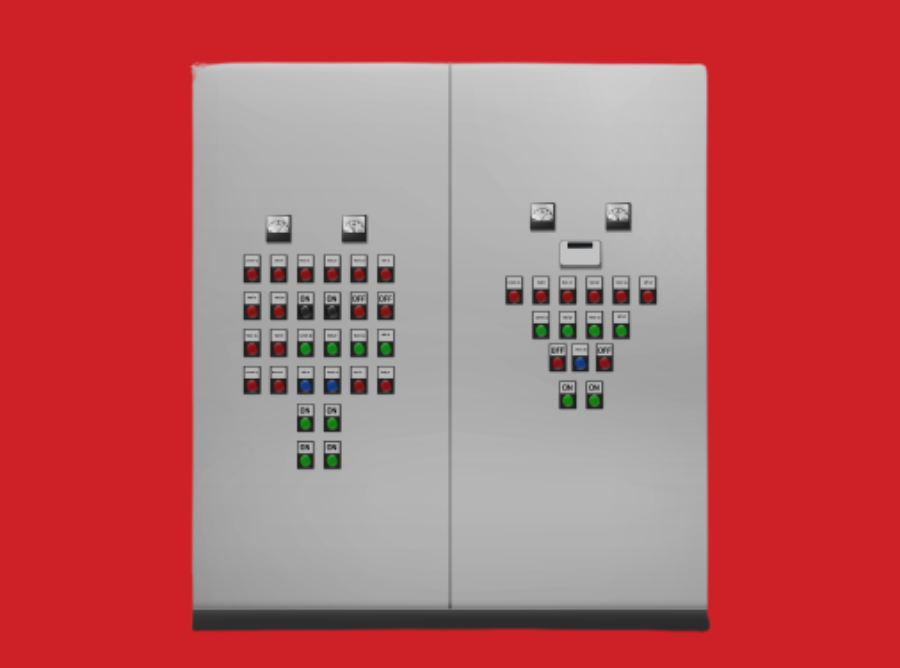
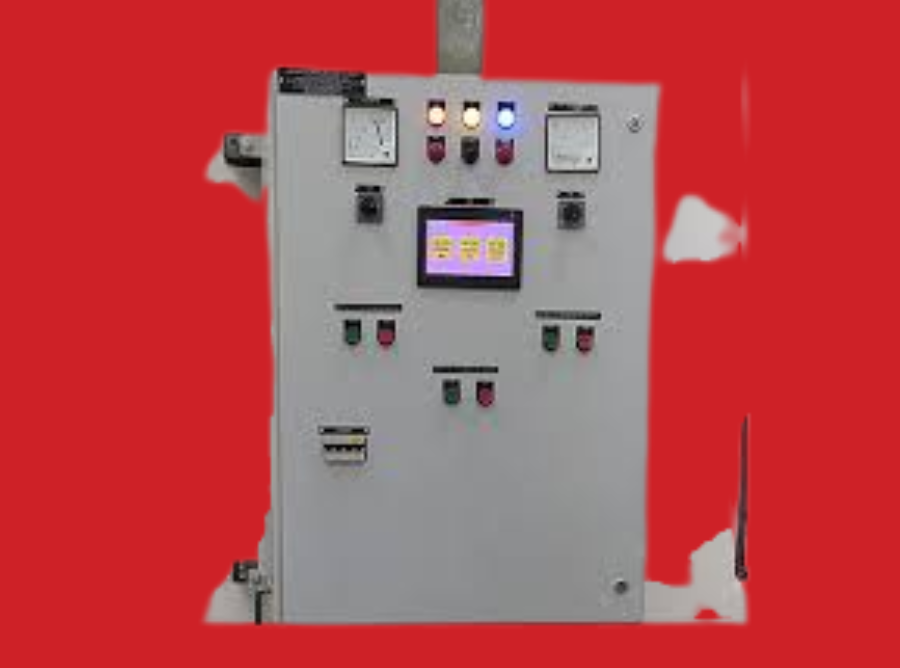



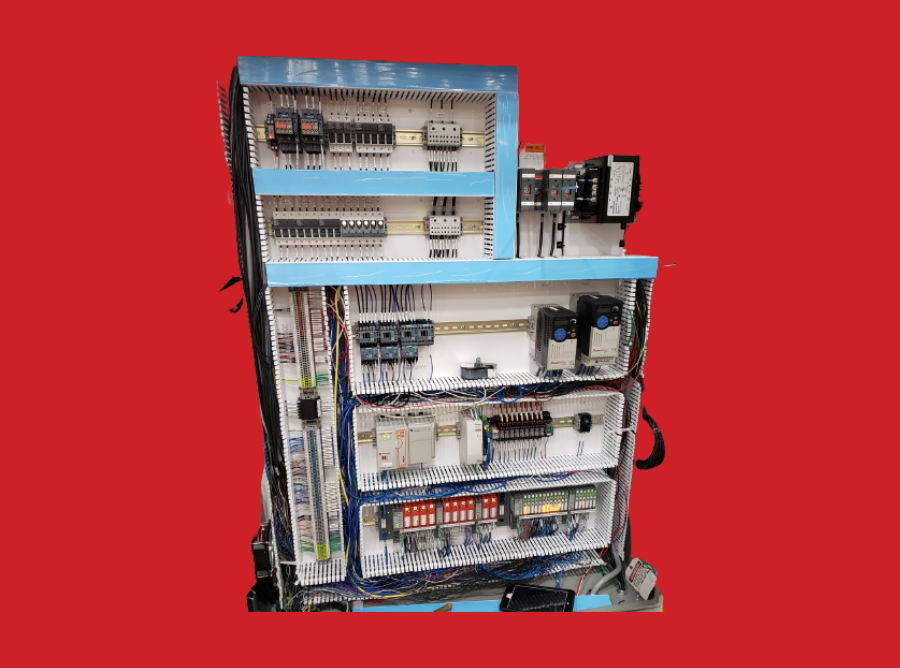
Programmable Logic Controllers (PLCs) are small industrial computers with modular components designed to automate customized control processes. PLCs are often used in factories and industrial plants to control motors, pumps, lights, fans, circuit breakers and other machinery. Integrated PLC Panel can monitor any process and provide data wherever and however you need it.PLC control panels are highly efficient. They have the ability to provide more output while using less power than previous models. PLC control panel solutions simplify the maintenance of systems while also lowering the expenses involved with different projects.
Rugged and designed to withstand vibrations, temperature, humidity, and noise.
Have interfacing for inputs and outputs already inside the controller.
Easily programmed and have an easily understood programming language.
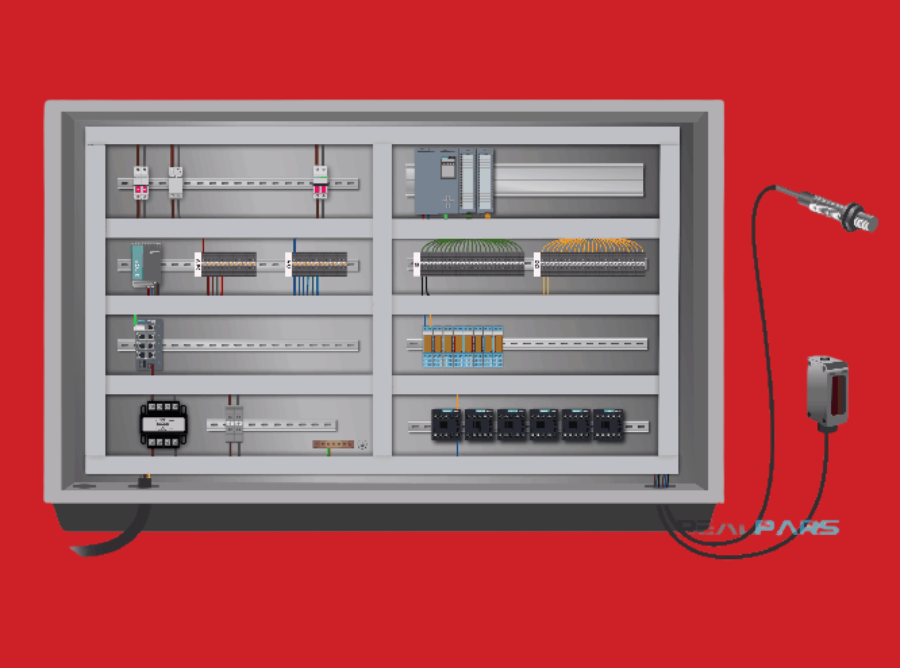
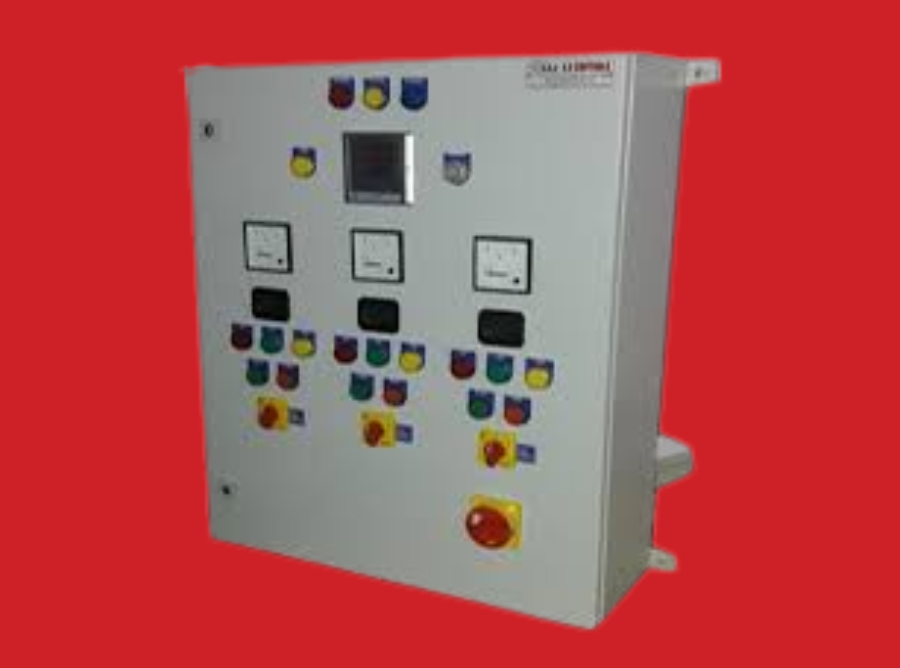
For Selecting Modular Processors the most important criteria would be the number of I/O points.
Each PLC processor will only be capable of working with a limited number of I/O modules
Purge and Pressurized panels
Flameproof and Explosion Proof Panels
SIL Safety PLC systems
Distributed Control Systems
IEC 61439 Type Tested Assembly panels
It is adaptable in nature: A single PLC model may be utilized for a variety of activities depending on the requirements.
Installation and troubleshooting are simple: When compared to PLC-based control panels, hard-wired relay-based systems need more time to install and troubleshoot.
It is more affordable than other controller or relay-based systems because of the advanced technology and wide-scale manufacturing of PLCs.
Simulation functionality: PLC programming software has simulation functionality by default.
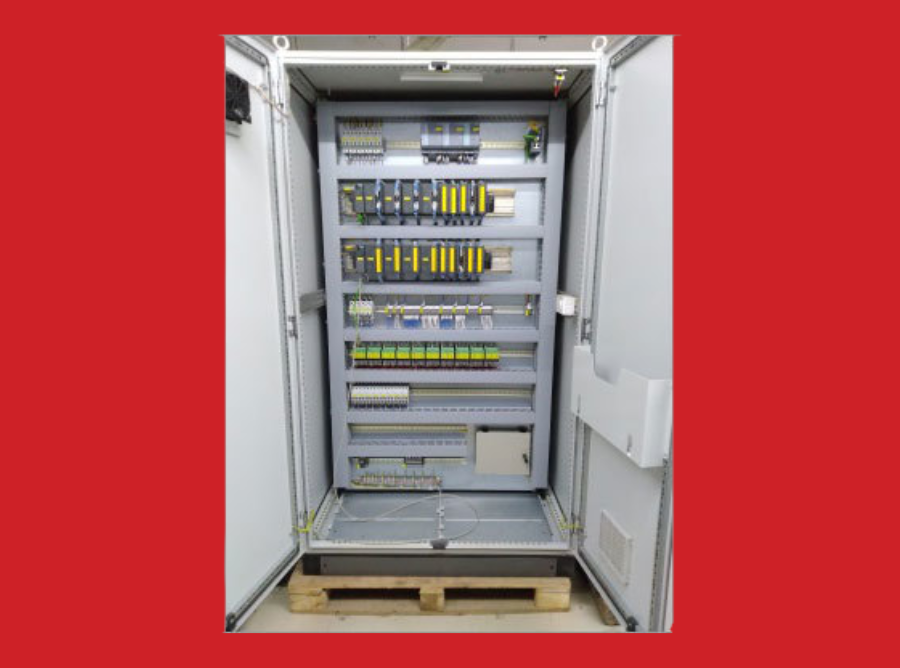
| Description | Rating | |
|---|---|---|
| Total Number of Points: | Number of points is the sum of the inputs and the outputs. PLCs may be specified by any possible combination of these values. | |
| PLC I/O: | Input/output signals the PLC can accept/Provide | |
| Scan Time: | Time required by the PLC to check the states of its inputs and outputs. | |
| Data Memory: | Capacity for data storage | |
| Program Memory: | Capacity of memory for control software | |
| PLC Programming Language: | Ladder Diagram, Structured Text, Relay Ladder Logic, etc |